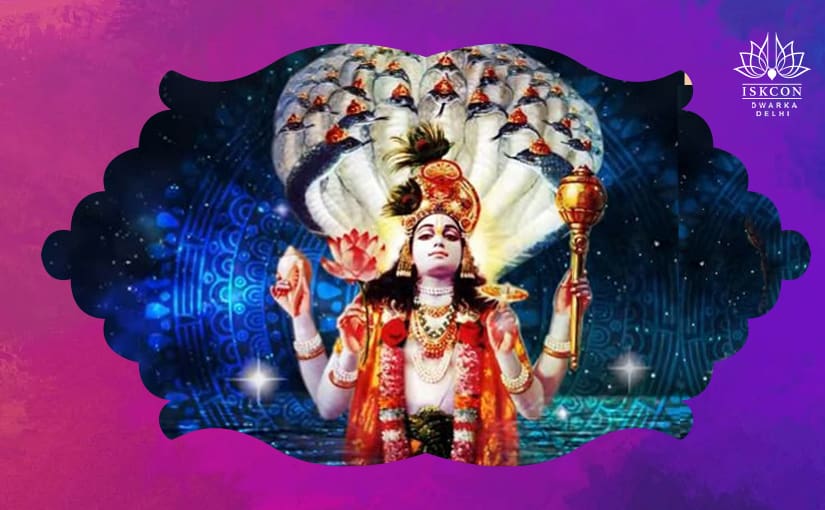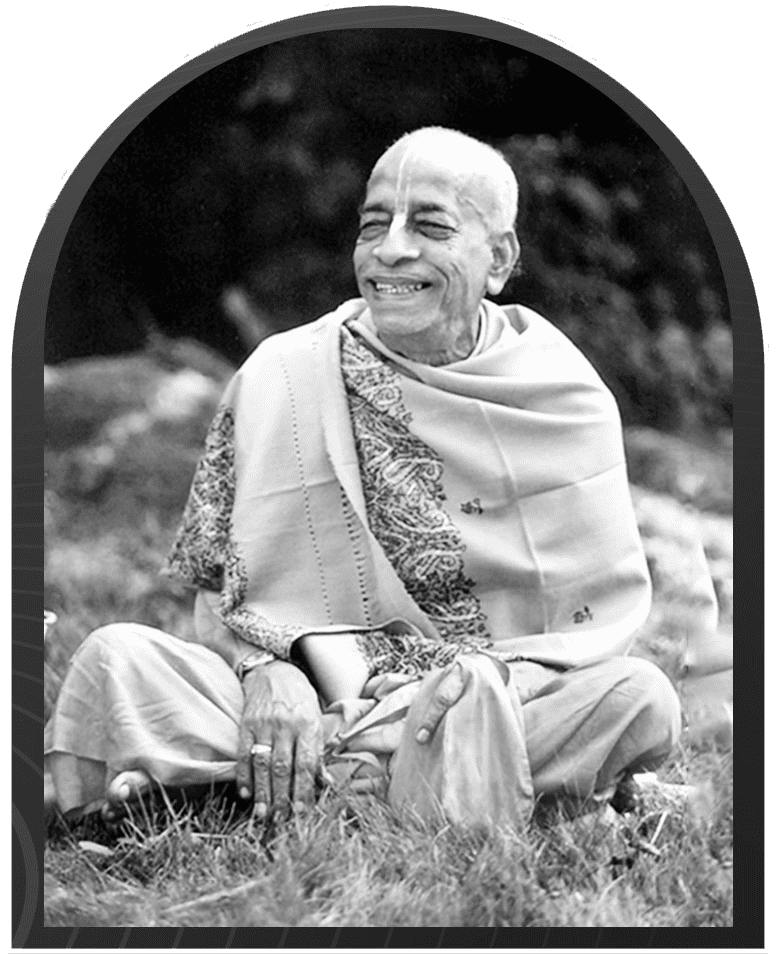Tale of Yogini Ekadashi
Hemamali, a Yaksha who worked for Kubera, the King of Alakapuri, was the subject of Krishna‘s narrative. Hemamali was enamored with his beautiful wife, Swarupavati, to the point where he neglected his daily tasks for his master Kuber.
Hemamali’s job was to carry flowers from Manasarovar Lake daily. His employer became aware of the neglect of his responsibilities and dispatched one of his servants to inquire at his home. The servant went to Hemamali’s residence and informed Kuber that his attractive wife was the reason for neglecting his duties. Kubera summoned Hemamali and cursed him with white leprosy and the separation from his wife. As a result, Hemamali contracted the horrible sickness and was separated from his wife.
“As a result, Hemamali fell out of grace in Alakapuri and got afflicted with the horrible disease of leprosy.
He awoke in a deep, frightening forest with nothing to eat or drink.
As a result, he spent his days in agony, unable to sleep at night owing to the anguish.
He suffered in both the winter and summer seasons, yet his consciousness remained set and stable because he continued to worship Lord Shiva with trust.
“Hemamali eventually came across the enormous expanse of the Himalayan mountain ranges after travelling for some time here and there, through mountains and across plains.”
There he had the incredible good fortune to meet the great holy soul Markandeya Rishi, the finest of ascetics, whose life span is supposed to stretch to seven of Brahma’s days.
“Markandeya Rishi sat serenely in his Ashrama, radiant as a second Brahma.
Hemamali, feeling particularly naughty, took a step back from the majestic sage and offered his humble obeisances and prayers of choice.
“Oh you, what sort of evil things have you done to earn this horrible affliction?” Markandeya Rishi, who was always concerned about the wellbeing of others, observed the leper and invited him near.
He was advised to practice Yogini Ekadasi Vrata by Sage Markandeya (Markandeya Maharshi). Hemamali kept the fast on Ashadha Krishna Ekadasi, and as a result, he was cured of the dangerous sickness and transformed into a beautiful Yaksha. He married and had a happy life with his wife for the rest of his life.
Significance of Yogini Ekadashi
The Brahma Vivarta Purana mentions Yogini Ekadashi Vrat Katha. Yogini Ekadasi is the most important Ekadashi vrat to eliminate sicknesses and ailments, which falls on Krishna Paksha of Ashad month in North Indian Hindi calendars.
Lord Sri Krishna explained the significance and value of Yogini Ekadasi Vrata to Yudhistira (Dharmaraj).
Upvaas is said to bring a person closer to Brahman in Hinduism. So forget about the standards and rules, and focus on the benefits of the Ekadashi fast. Use up your day’s worth of energy.
The person keeping the upvaas is supposed to perform Lakshmi Puja, Kuber Puja, Kanakdhara Puja, and Lakshmi-Narayana Puja on this Yogini Ekadashi day. Perform Puja on this day if you have financial, business, or wealth troubles.
What meals can be consumed on this Ekadashi?
Today, a fast is suggested to aid in cleansing sins committed and maintaining a devout life.
Food for Yogini Ekadasi: On Yogini Ekadashi, what should you eat?
Yogini Ekadasi, also known as Yogini Ekadashi, is a significant Upvaas (short) dedicated to Lord Vishnu. Thousands of Hindu devotees observe Ekadasi, regarded as a particularly auspicious day by Lord Vishnu worshippers or sadhak. The typical technique is to skip all meals on that particular day. However, for many people nowadays, a complete fast is not doable.
On the Yogini Ekadasi day, these folks eat specified foods and only fast a fraction of the time.
The sprite Mura is said to have found a home within the rice, and LordVishnu arrived in the form of Yogini Ekadasi to destroy Mura. As a result, devotees who fast on the Ekadashi day avoid eating grains-based foods. Many devotees follow fractional fasting daily for various reasons, including health and work commitments. Non-vegetarians and foods made of beans, pulses, and grains, particularly rice, are avoided by these folks. Probably the most well-liked Yogini Ekadasi fasting meal in western areas of India is Sabudana Khichadi with potatoes or batata and ground nut – however, no onion and garlic.
Fresh and dried fruits, milk products, greens, and nuts are among the foods consumed on Ekadasi day.
As the list of Yogini Ekadasi meals grows, additional questions will arise, such as: Are you sure this is eaten on Yogini Ekadasi?
As a result, the golden rule on Yogini Ekadasi is to avoid pulses and grains.
Drink plenty of water and consume a variety of fresh and dried fruits.
Conclusion
To read more such or related tales, keep reading our future blogs.
Hare Krishna!





